The figures in Clare Langan’s The Heart of a Tree become a metaphor for the precarity of existence in an age of environmental crisis and collapse, writes Stephanie McBride
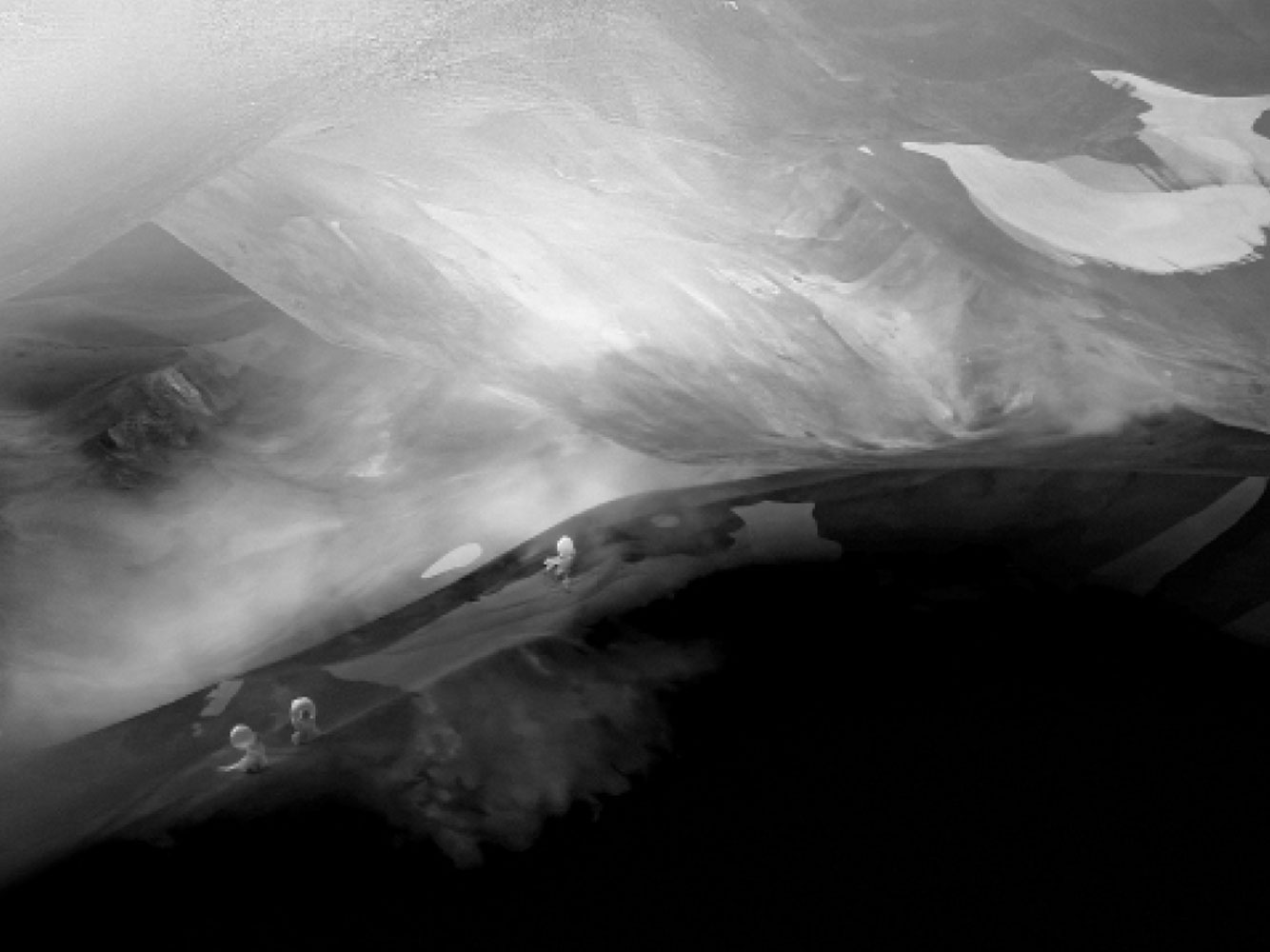
In Seamus Heaney’s poem ‘Höfn’, he glimpses, from an aeroplane, a melting glacier near an Icelandic fishing village and laments nature’s volatility. ‘The three-tongued glacier has begun to melt,’ he writes, as the villagers ponder what to do. Clare Langan’s The Heart of a Tree, filmed amid receding ice, unfolds in Iceland’s volcanic mountains. It’s a strange and uncanny landscape: dark, steamy, treeless, with resonances of a dystopian future or of some undiscovered planet. ‘I wanted an ambiguous place,’ she says. ‘The location is where the North American and Eurasian tectonic plates meet and have formed these highlands, so it felt like an “in-between place”, which was perfect.’
To read this article in full, subscribe or buy this edition of the Irish Arts Review
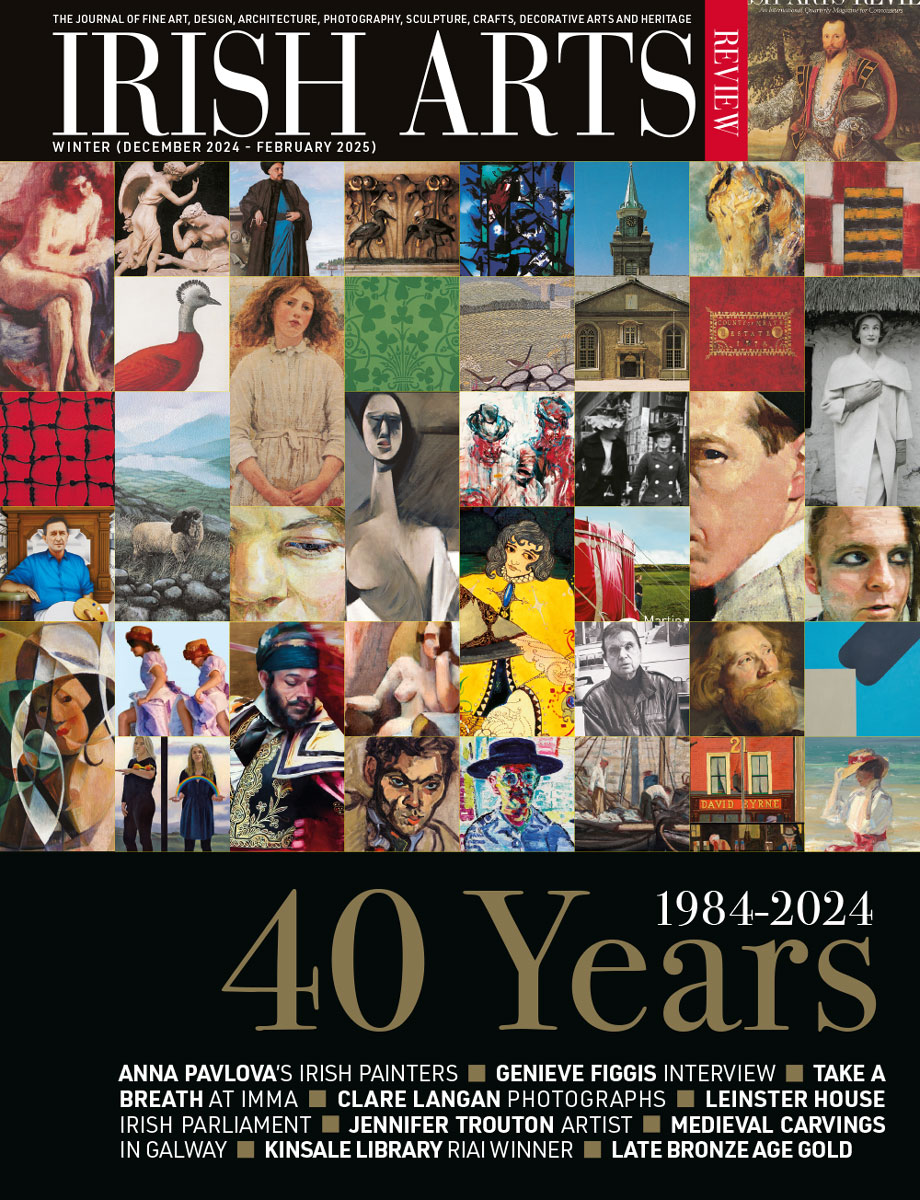
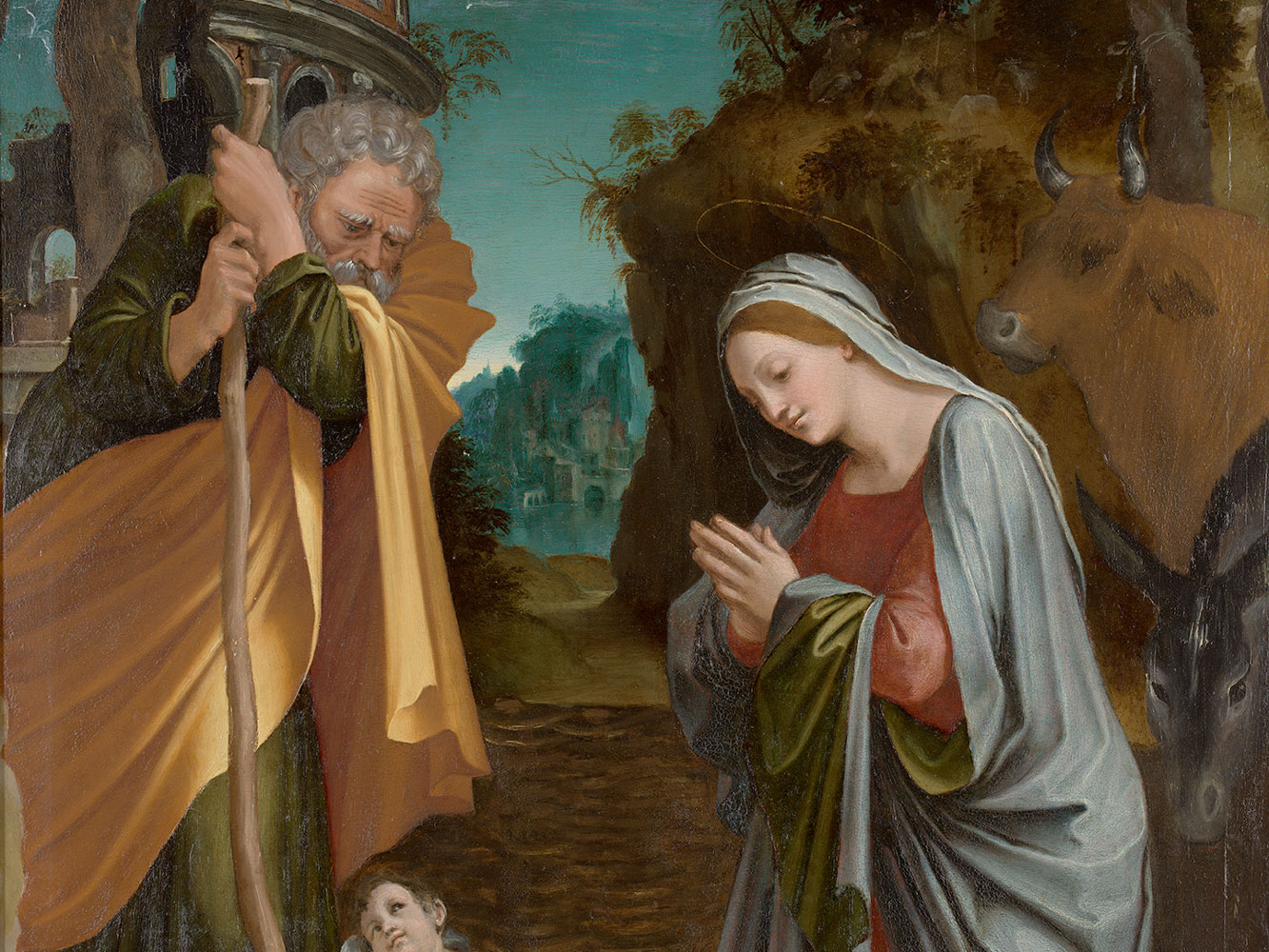
Anne Stewart selects The Nativity by Baldassarre Peruzzi from the Ulster Museum collection
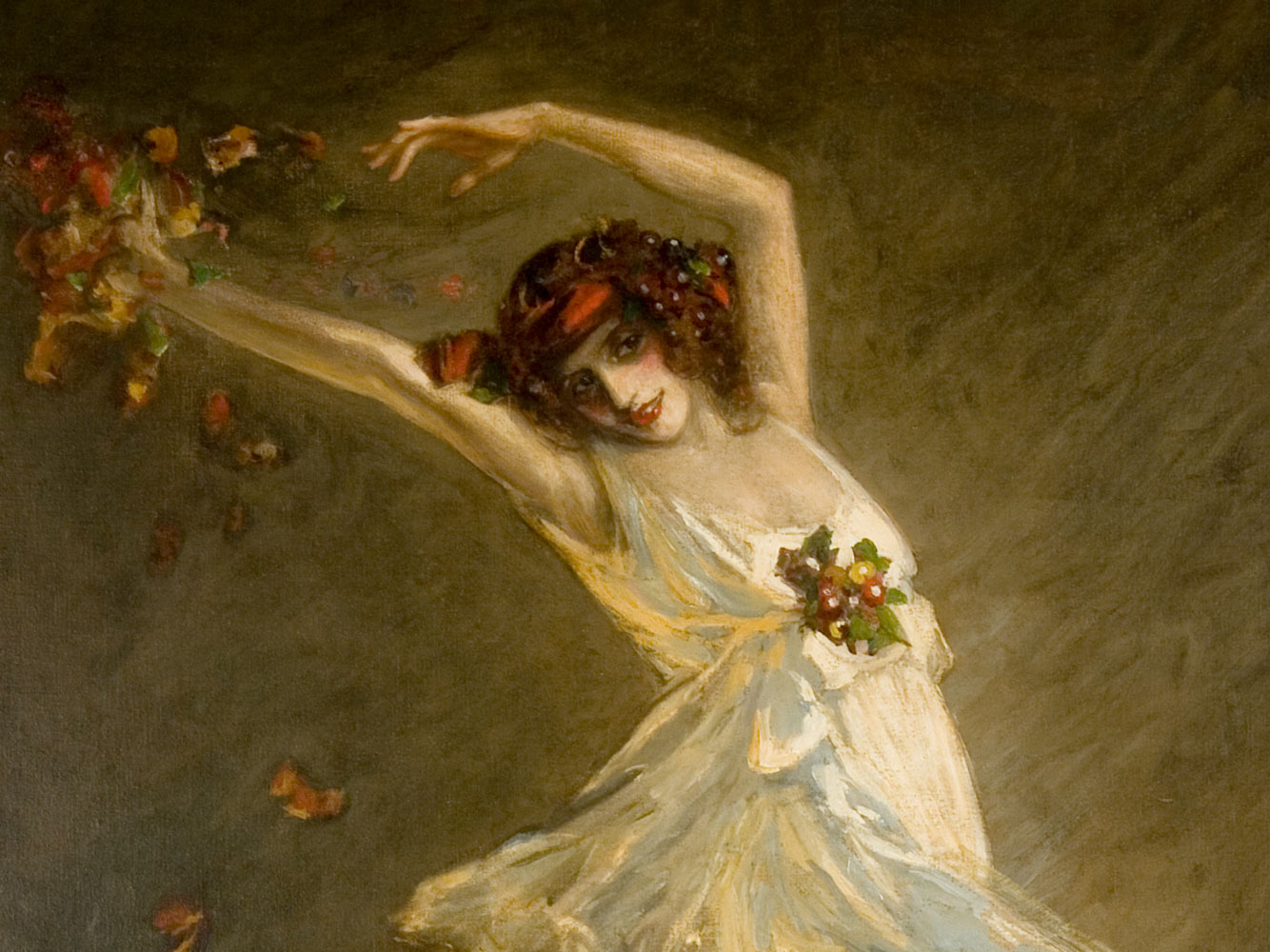
Kenneth McConkey recounts the story of how two great Irish painters, John Lavery and William Orpen, recorded the greatest ballerina of her generation, Anna Pavlova
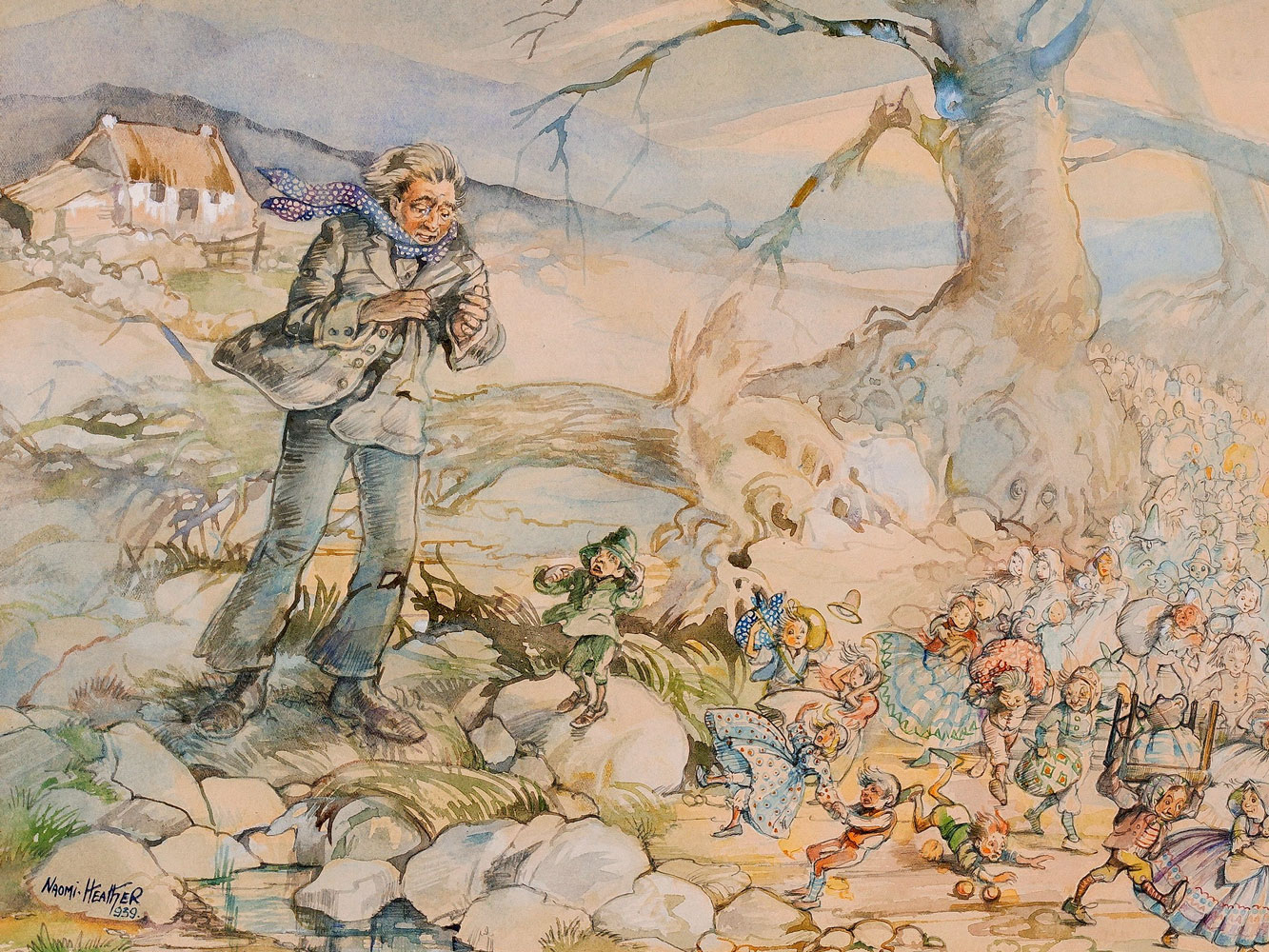
Marie Lynch celebrates the life and work of illustrator and watercolour artist Naomi Heather